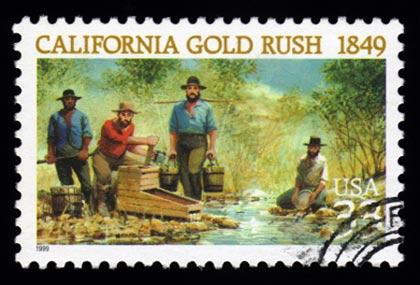 Your reader can, at best, process 7 pieces of information at a time. But did you know that at any given moment, they’re being bombarded by over 11,000,000 bits of information?[1]
Your reader can, at best, process 7 pieces of information at a time. But did you know that at any given moment, they’re being bombarded by over 11,000,000 bits of information?[1]
The conscious mind cannot even begin to process the remaining 10,999,960 but their subconscious can – and does so as every minute passes.
When reading your content, the subconscious mind is submerged in a flurry of processing – identifying, processing, and filtering out information of no importance. They are not only filtering out what’s not important, they’re also determining why it’s not important, and deciding what the reader needs to do about it.[1]
As the subconscious mind busily pans for cognitive gold, your reader’s conscious mind is free to concentrate on the words you have so carefully crafted on their screen.
But, only if you capture their attention – which research says you must do within 8 seconds.[2]
So, how can you make it past the subconscious barricades, capture the conscious mind, and do it all in 8 seconds?
You must write compelling content.
In order to write compelling content, you must first understand how the subconscious determines what content is worthy of their attention, and which content is cause for bouncing off the page.
The first question to address is this:
If 11,000,000 separate stimuli are demanding the attention of the conscious mind, then why do people still take the time to read?
The explanation has evolutionary roots. The goal of the subconscious is primitive – survival. Therefore, when scrutinized from this perspective, the subconscious mind is responsible for making the types of split-second, life-saving decisions that your (rather overrated) conscious mind is too slow to make.
That being said, the origin of reading has evolutionary roots. Humans rely upon story for survival. In fact, our conscious mind thinks in story format. We learn from our own stories (e.g. personal past mistakes) and from the stories of others (e.g. the past mistakes of others). [1] Our ancestors knew that the saber tooth tiger was not friendly because they had heard stories about the encounters of others, or they had experienced encounters of their own.
Armed with this knowledge, content creators must heed to the fact that the reader is craving a story, not to mention expecting a story, at all times (even when reading website content).
So, your content must tell a story.
Research shows that a narrative presentation of an advertising message is exceptionally effective. [3]. Therefore organizing your content in somewhat of a story format is wise.
Narrative content formats work through blocking the counterarguments of the reader. Every reader is in some way resistant to the persuasive pressures that are inherent in any form of advertising, and they naturally create counterarguments against them.[4] However, if the audience can identify with the storyline of a message, they become enthralled – and all counterarguments go out the window.[3]
Testimonials
This highlights the importance of testimonials. When testimonials are created in story format (problem, climax, resolution) they are especially effective
Blogs
Blogs provide ample opportunity to create a story for the reader. Surely you can find a story to tell with your product. ‘If/Then’ statements encourage the reader to create a story of their potential experiences with your product.
When creating content in story format, remember the importance of relevance. The story must strike a chord with your reader. This stresses the need for audience research and analysis.
By capturing the attention of the primitive mind, you can entertain and sway the conscious mind – all with a simple story.
References
[1] Cron, L. Wired for Story
[2] Nielsen, J., Molich, R., Snyder , C., & Farrell, S. E-Commerce User Experience
[3] Dal Cin, Zanna, & Fong. Resistance & Persuasion
[4] Petty and Cacioppo. Central & Peripheral Routes to Persuasion